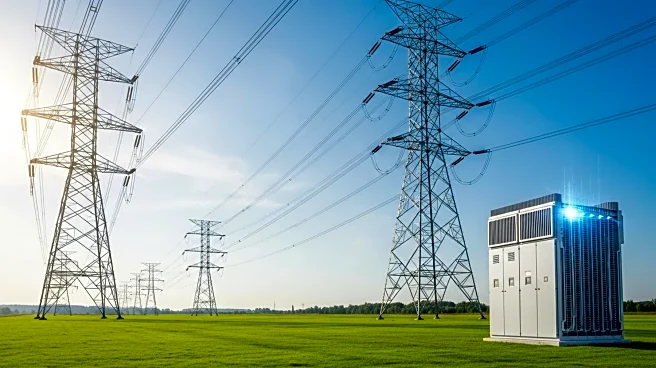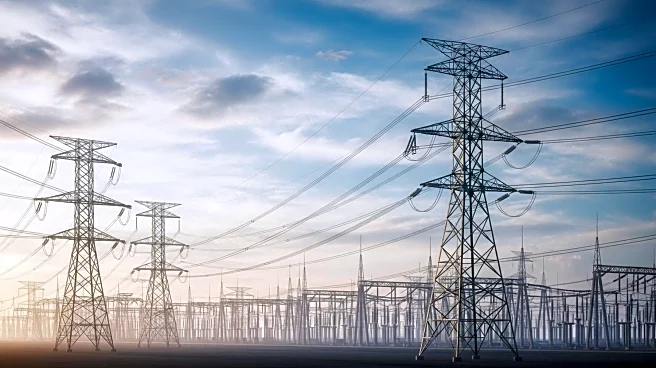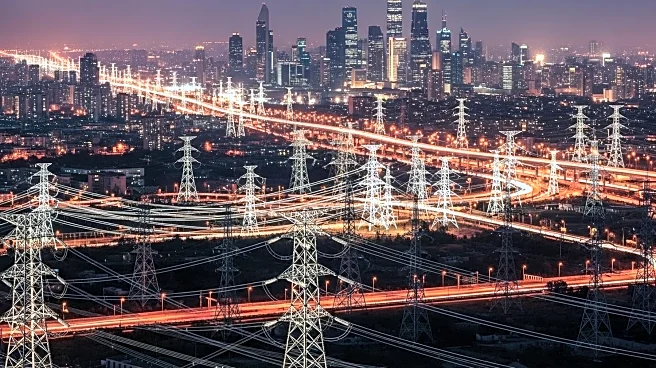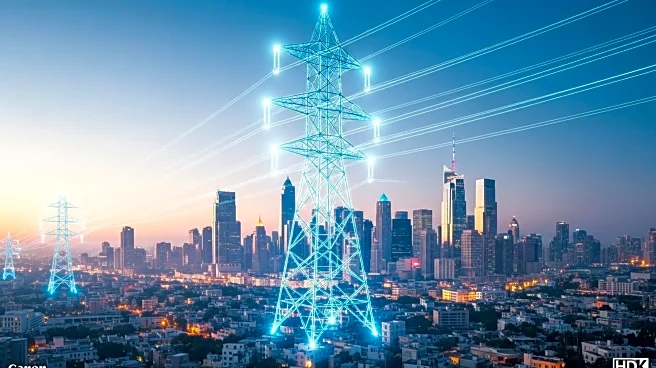What is the story about?
What's Happening?
Investor-owned utilities in the U.S. are projected to spend $1.1 trillion on grid upgrades and expansions by 2029, according to the Edison Electric Institute. This investment is driven by rising demand and the need to address reliability threats. The International Energy Agency has revised its projections for U.S. renewable energy deployments, indicating a 50% reduction compared to last year's estimates. This change is attributed to policy shifts under the Trump administration, including the phasing out of federal tax credits, new import restrictions, and limitations on wind and solar project permitting on federal land. Additionally, a lawsuit has been filed in the U.S. District Court for the District of Rhode Island, challenging the federal government's withholding of $7 billion in Solar For All funding.
Why It's Important?
The significant investment by utilities highlights the ongoing efforts to modernize the U.S. power grid and ensure reliability amid increasing demand. However, the reduction in renewable energy projections underscores the impact of policy changes on the sector's growth. The lawsuit regarding Solar For All funding reflects tensions between federal actions and legislative intent, potentially affecting future renewable energy initiatives. These developments have implications for energy policy, environmental goals, and the financial strategies of utilities and renewable energy companies.
What's Next?
The outcome of the lawsuit could influence federal funding strategies for renewable energy projects. Utilities will continue to navigate policy changes and market dynamics as they invest in infrastructure. Stakeholders, including environmental groups and industry leaders, may advocate for policy adjustments to support renewable energy growth. The evolving landscape will require strategic planning to balance infrastructure investments with environmental and economic objectives.
AI Generated Content
Do you find this article useful?













